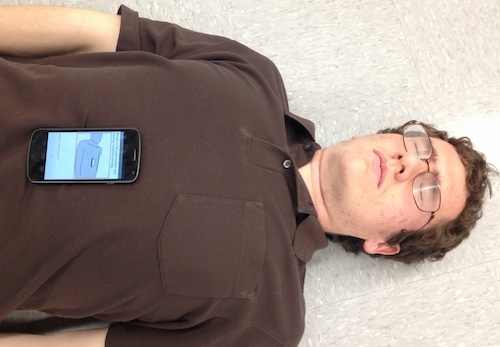 Speedy response is what emergency services are all about. But when it comes to responding to changes in technology, emergency response providers can be a little slow. The Federal Communications Commission announced last year that, with the penetration of smartphones and cellphones, the time had finally come for a next generation 911 service where people could use text messages, and even multimedia data, to contact police, fire, or medical services. Deployment of the service was meant to start as early as this month.
Speedy response is what emergency services are all about. But when it comes to responding to changes in technology, emergency response providers can be a little slow. The Federal Communications Commission announced last year that, with the penetration of smartphones and cellphones, the time had finally come for a next generation 911 service where people could use text messages, and even multimedia data, to contact police, fire, or medical services. Deployment of the service was meant to start as early as this month.
It turns out another government organization, the National Science Foundation, has been funding a team at the University of North Texas working on a similar project since 2008. The team has been working on taking advantage of the rich data networks the FCC has been setting up with smartphone apps that give new capabilities to 911 operators, potentially speeding up their response times.
"The protocol being used by [many] 911 operators right now is a deck of cards with different questions and answers. You call 911 and they pull out this deck of cards based on what you're asking them," lead researcher Ram Dantu told MobiHealthNews. "We have decided that based on what we are seeing, we can accelerate the number of questions and answers in a short time. Within 60 seconds, the operator can already decide who to dispatch to the scene. We looked at all the different protocols to see what are the common things that are happening here. The caller may be a family member or a friend. They may or may not be able to answer this question correctly. The easiest thing to do is to collect any vital signs and send them to the operator -- respiration rate, breaths per minute, temperature. They might have a better idea of what's going on."
The apps developed by Dantu and his team demonstrate several different use cases for first responders. One app can be placed on the chest to monitor breathing, heart rate, and blood pressure and transmit that information directly to the call operator. This can be done by the victims themselves or by another person. The app also provides instructions for administering CPR, something that operators often have to do over the phone, which can cost precious time. What's more the app allows the call operator to remotely take control of the phone's camera, allowing them to see what's happening onsite.
Two other features, text to speech and GPS refinements, make it easier for the call center to collect and store information about the scene of an emergency. The work Dantu's team has done on the GPS makes it easier for the app to pinpoint a person's location in a multi-story building or apartment complex.
Dantu presented the technology this week at a national conference of 911 first responders. The next step is for Dantu and his team to seek non-government funding to develop and deploy the technology, which he thinks will be completed by next August. NSF typically funds projects only in the research stage. The apps developed so far run on Android, but Dantu said they could be built for iOS as well in the future.
You can see a demo of one of the apps here.














